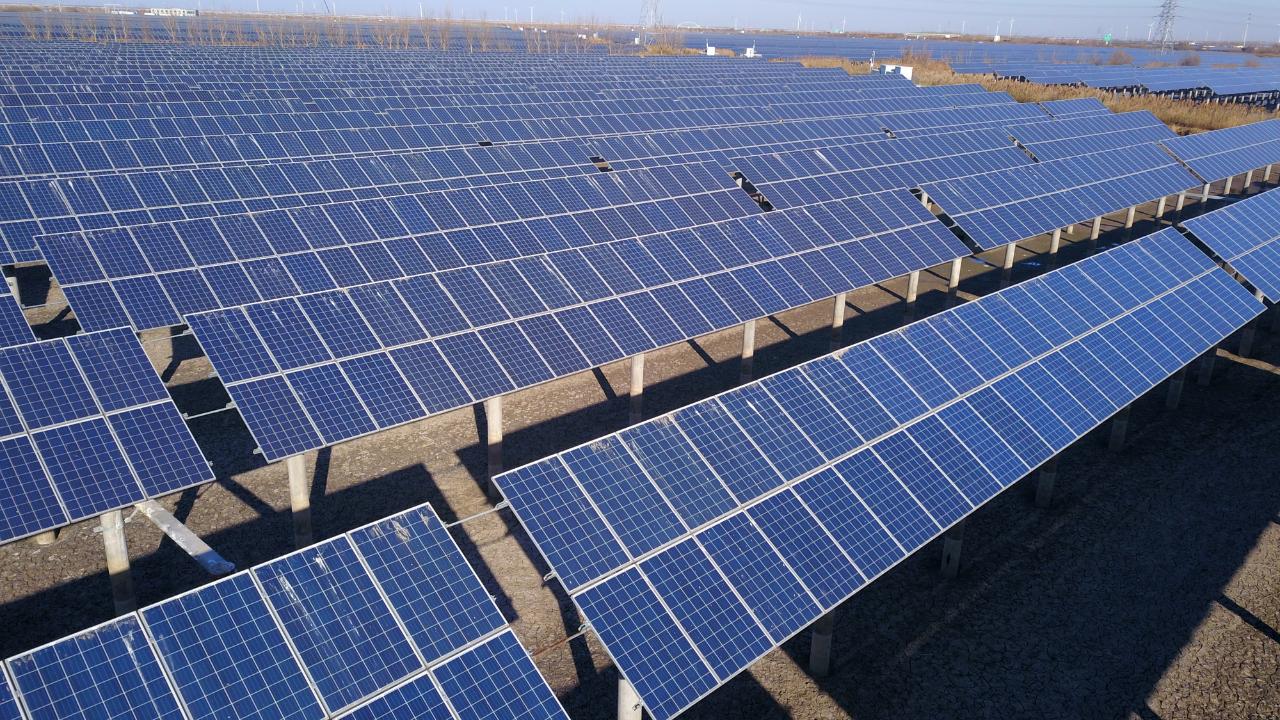Being clear about the Spanish regulations on the protection of photovoltaic installations is one of the first steps to take when it comes to launching a renewable energy project.
What are the regulations for the protection of photovoltaic installations in Spain?

It is the one that is responsible for guaranteeing the safety of people, property and the facilities themselves. To this end, it establishes a series of technical and administrative requirements that must be met in the design, installation and maintenance of solar photovoltaic systems.
Key elements in protecting these facilities include:
- Overcurrent protection. Devices such as circuit breakers protect the installation against overloads and short circuits.
- Surge protection. Surge protection devices are responsible for protecting the installation from voltage spikes that can damage electronic equipment.
- Isolation. Components must be properly insulated to avoid electrical contact.
- Grounding. The installation must be connected to earth to guarantee safety in the event of a fault.
- Lightning protection. In areas with high electrical activity, lightning protection systems can be installed to prevent damage to the installation.
- Protection of the installation itself through an alarm system.
Current regulations for photovoltaic installations in 2025
The regulation of photovoltaic energy is included in Royal Decree 1955/2000, which establishes the guidelines for the transport, distribution and marketing of the electricity generated by this type of installations. It also details authorization procedures to ensure that each project conforms to the required technical and safety standards.
Furthermore, we must especially take into account the Order of the Ministry of the Interior 316/2011, of February 1, referring to the operation of alarm systems in the field of security. Because the regulations that regulate the protection systems of photovoltaic installations are the same as those that establish the degrees of security in alarms. Specifically, grade 2 security facilities.
Legal obligations in the protection of photovoltaic systems
To protect photovoltaic installations, a grade 2 alarm system should be used, aimed at installations with a low to medium risk and offering protection in environments with moderate threats.
These systems require verification methods such as sequential, video, audio, and personnel to confirm the authenticity of the alarms. Regarding the equipment used, it must comply with basic quality standards to manage moderate risks.
The goal is to provide effective protection against intruders who have certain technical knowledge and have basic tools.
Technical and security requirements to comply with Spanish law
Grade 2 alarm systems must meet a series of requirements to ensure their effectiveness and reliability in protecting facilities that have a low to medium risk.
In these cases, the regulations must be taken into account:
- UNE-EN 50131. On the general requirements that intrusion alarm systems must meet, including the installation and performance of both the detectors and the communication systems.
- UNE-EN 50136. Referring to the requirements for safe and reliable transmission of alarm signals.
- UNE-EN 50132. Establishes the requirements for video surveillance systems applicable in those cases in which they are used in combination with the alarm system.
The regulations require that Grade 2 alarm systems used for the protection of photovoltaic installations include alarm verification through methods such as sequential verification, video, audio or personal.
In addition, it is necessary to keep a logbook that details the alarms that have occurred, documenting both the incidents and the actions carried out in response to them.
In addition to the above, there must be a minimum of two operators trained to manage alarms appropriately. Giving an effective and coordinated response to any risk event that may occur.
Technological solutions for protection

These alarm systems have the following essential components:
- Control Panel. It is the “brain” of the system, it is responsible for processing the information collected by the sensors and controls the actions of the system.
- Motion sensors. They detect if there is movement in protected areas through technology such as passive infrared or microwaves.
- Opening sensors. They are placed on doors and windows and detect unauthorized openings.
- Siren. It emits an audible alert signal that fulfills the double mission of deterring intruders and alerting the security team.
- Remote control capability. These alarm systems can be managed remotely through mobile applications.
- Connection to alarm receiving center. This connection allows you to monitor the system and respond to alerts at any time.
The operation of these systems is simple. When the users are not in the facility, the system is armed. That is, the control panel is activated and is ready to receive signals from the sensors.
If an intruder enters the property, motion or opening sensors detect their presence. If the intrusion is confirmed, the alarm goes off and an alert is sent to the central office, which will be responsible for analyzing the situation and providing the appropriate response.
The Spanish regulations on the protection of photovoltaic installations are clear, and determine that in these cases a grade 2 alarm system must be used, with all that this implies. If you need to design or reinforce security in your photovoltaic installation, at Microsegur we are at your disposal, do not hesitate to contact us.



